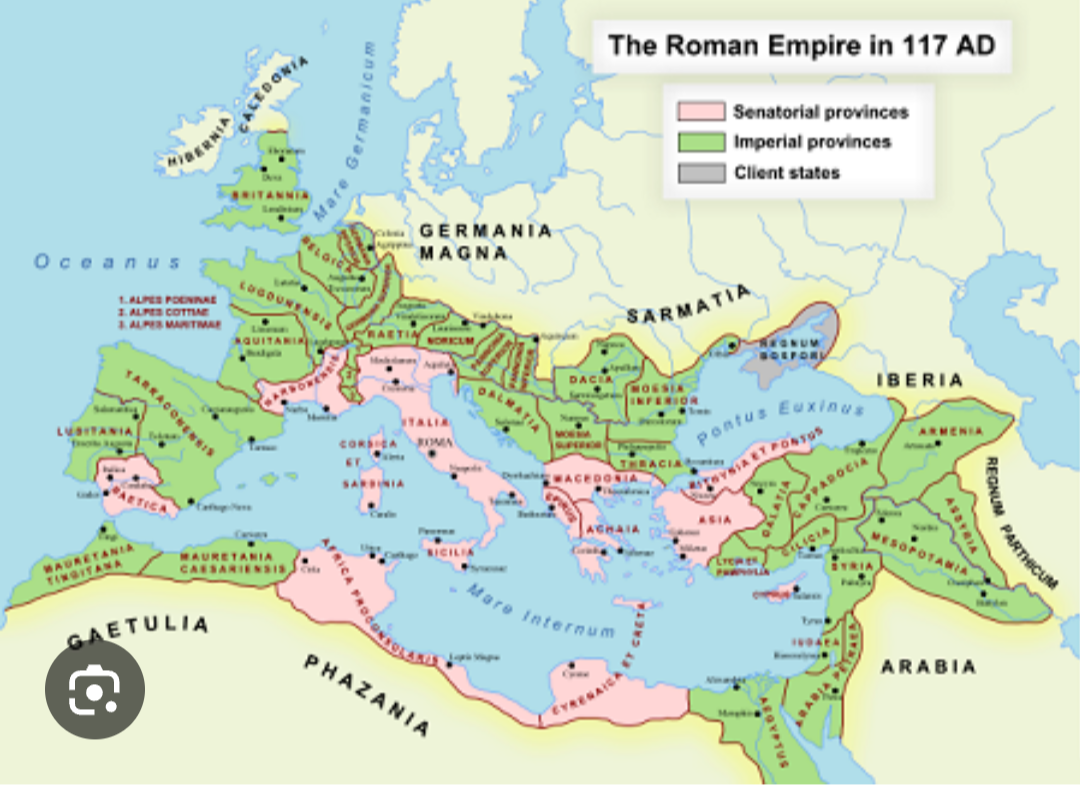The Roman Empire, one of the most powerful civilizations in history, dominated much of Europe, North Africa, and the Middle East for centuries. Its rise to power and eventual decline have fascinated historians for generations. This article explores the key phases that shaped the empire from its early days to its eventual collapse.
The Roman Empire began with the founding of the city of Rome in 753 BCE, which gradually expanded through military conquest, political alliances, and trade. By the 3rd century BCE, Rome had become the dominant power in Italy and sought to expand further.
Rome's early political system was a republic, governed by elected officials and a complex system of checks and balances. During this time, Rome expanded its territories through wars, such as the Punic Wars against Carthage. By the end of the republic era, Rome controlled vast territories across the Mediterranean.
The final years of the republic were marked by internal conflict, civil wars, and the rise of influential military leaders. Julius Caesar, a brilliant general, seized power and declared himself dictator for life. His assassination in 44 BCE led to further chaos until his adopted heir, Octavian (later known as Augustus), emerged victorious and became the first Roman emperor in 27 BCE.
Under Augustus, the Roman Empire entered a period of stability and prosperity known as the Pax Romana (Roman Peace), which lasted for over 200 years. During this time, the empire expanded to its greatest extent, stretching from Britain in the west to Egypt in the east.
The empire's vast trade networks, advanced engineering, and efficient governance brought unprecedented wealth and cultural achievements. Rome became a hub of art, architecture, literature, and legal innovation.
Rome’s professional army played a key role in maintaining control over its vast territories. The construction of roads and fortifications helped secure the borders, while a system of laws ensured order and justice throughout the empire.
However, despite its strength, the Roman Empire faced significant challenges. Over time, corruption, economic troubles, and political instability began to weaken its foundations. The empire was divided into eastern and western halves in 285 CE by Emperor Diocletian, in an effort to better manage the vast territories.
The Western Roman Empire faced increasing pressure from Germanic tribes and internal strife. In 410 CE, Rome was sacked by the Visigoths, a sign of the empire’s vulnerability. By 476 CE, the last Roman emperor of the west was deposed, marking the fall of the Western Roman Empire.
The Eastern Roman Empire, known as the Byzantine Empire, continued to thrive for nearly a thousand more years, but the legacy of the Roman Empire had already profoundly shaped Western civilization. The causes of the empire’s fall were numerous, including economic troubles, military overreach, and the growing influence of external invaders.
The Roman Empire’s rise and fall is a complex story of ambition, conquest, innovation, and decline. It left an enduring legacy that continues to influence modern politics, law, architecture, and cultur
e across the world.

